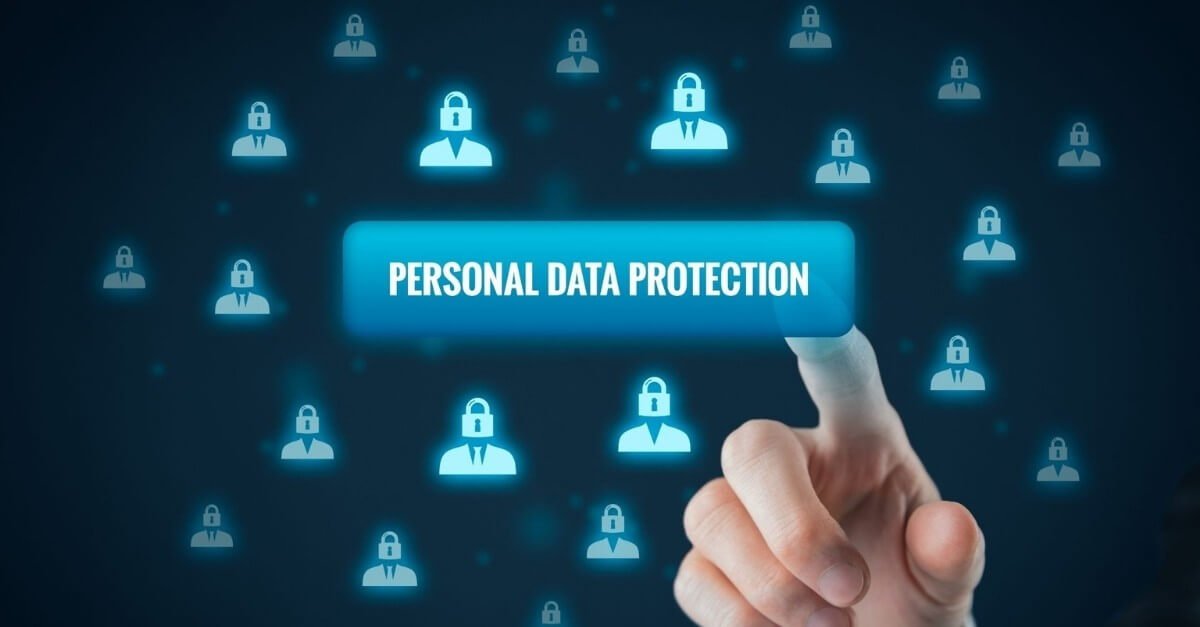What are Modern Cybersecurity Mechanisms to Ensure Safeguarding Enterprise Frontline?
Cyberwarfare is expanding in its size and severity, which is critical for the enterprise to possess the basic cybersecurity controls. The main frontline security tactic against an all-pervasive cyberwar is to enable end-user education. The best way out is to drive cybersecurity awareness and a proactive community within and outside the organizational structure.
Due to discrepancies between home-based remote workstations and those that an organization would previously have in an office environment, some employee devices could be left vulnerable without taking the necessary precautions.
It is important to enforce appropriate security controls to keep your organization’s confidential data safe that can be accessed from these employee workstations. Here are some of the cybersecurity controls that the enterprise can ensure having in place.
Setting up MFA
Remote employees should be forced to utilize multifactor authentication (MFA) to access networks and mission-critical applications. Scaling up MFA can be demanding: the additional security it provides necessitates an increase in a short-term capacity. Numerous practices facilitate the implementation of MFA.
One strategy is to prioritize individuals with elevated rights (such as domain and system administrators and application developers) who deal with mission-critical infrastructure (for instance, money transfers). Cybersecurity teams may learn the lesson and apply that information to more comprehensive deployment plans by focusing on those users in small-scale test rollouts. Cybersecurity teams can also benefit from utilizing MFA technologies already incorporated into current processes, such as the app gateways supplied by some cloud providers.
Implementing Shadow IT 
Because these individuals set up and run shadow IT systems without clearance or help from the IT department, many businesses use what are known as “shadow IT” systems. More extended work-from-home procedures will reveal methods that are dependent on shadow IT in the office, as business processes that require IT in the office that is dependent on shadow IT breaks down. Information Technology (IT) and security staff should be prepared to shift, support, and safeguard essential company shadow assets.
To overcome workplace obstacles, employees should have been on the lookout for innovative shadow-IT systems that staff is using there developing to make working from home simpler and technologies that enhance working from home, particularly when access to the office infrastructure is unavailable.
Creating an adaptive environment
Begin by educating your workers about what you’re doing and why. The most fruitful approach to this is to engage them in an open conversation about security concerns. What is your organization’s theory of cybersecurity risk – do some workers believe that cybersecurity needs are exaggerated? Are there any portions of your organization are susceptible to the ‘culture of the expert’ – you undoubtedly have some brilliant engineers and scientists on staff. Still, they may believe they know more about security than you do, but your first step should be to go out and ask them.
Security teams must grasp how increased consumer traffic alters the threat landscape for business web-facing operations to predict risks and prevent them. For instance, to determine whether attackers are becoming much more interested in an organization’s web-facing technologies, organizations can increase their passive domain-name scans to look for new malicious signatures customized to the innovation field or count the number of oppositional scans targeting the network architecture, among other threats.
Suppose you have the appropriate intrusion detection technology and ecosystem in place. In that case, you can notice when the control plane is under assault, work backward to track the attack, and preserve your defense. As far as that’s concerned, however, the traditional approach to network assaults that entail hunting for known negative indications, or just attempting to lower the security vulnerabilities to the point of entirely depending on prevention, is a long explanation from for what we are discussing here.
While individual methods have some value, they are inadequate on their own, and when the next challenge presents a new mutation, they will fail—simply. Of course, without making any noise since the breach was discovered after attackers gained access, persisted, and succeeded in their goals.
Therefore, robust cybersecurity is a must when an enterprise aims to transform its security infrastructure for frontline success. Hiring an expert cybersecurity team can help you get started in the right direction to ensure long-lasting support. For any queries regarding your cybersecurity control needs, call us and schedule a call with our experts at CSE:(914)-355-5800
Share This Post


